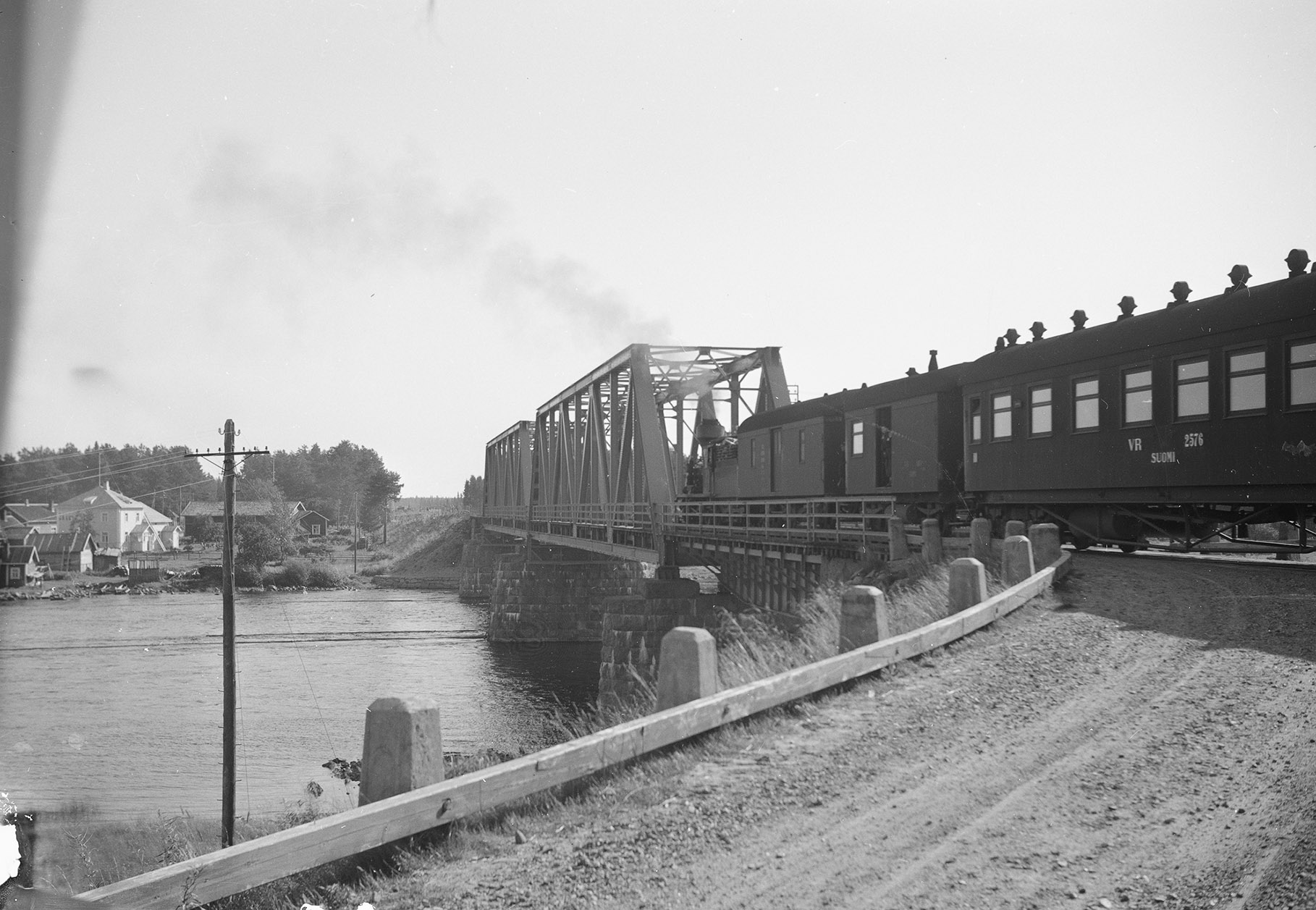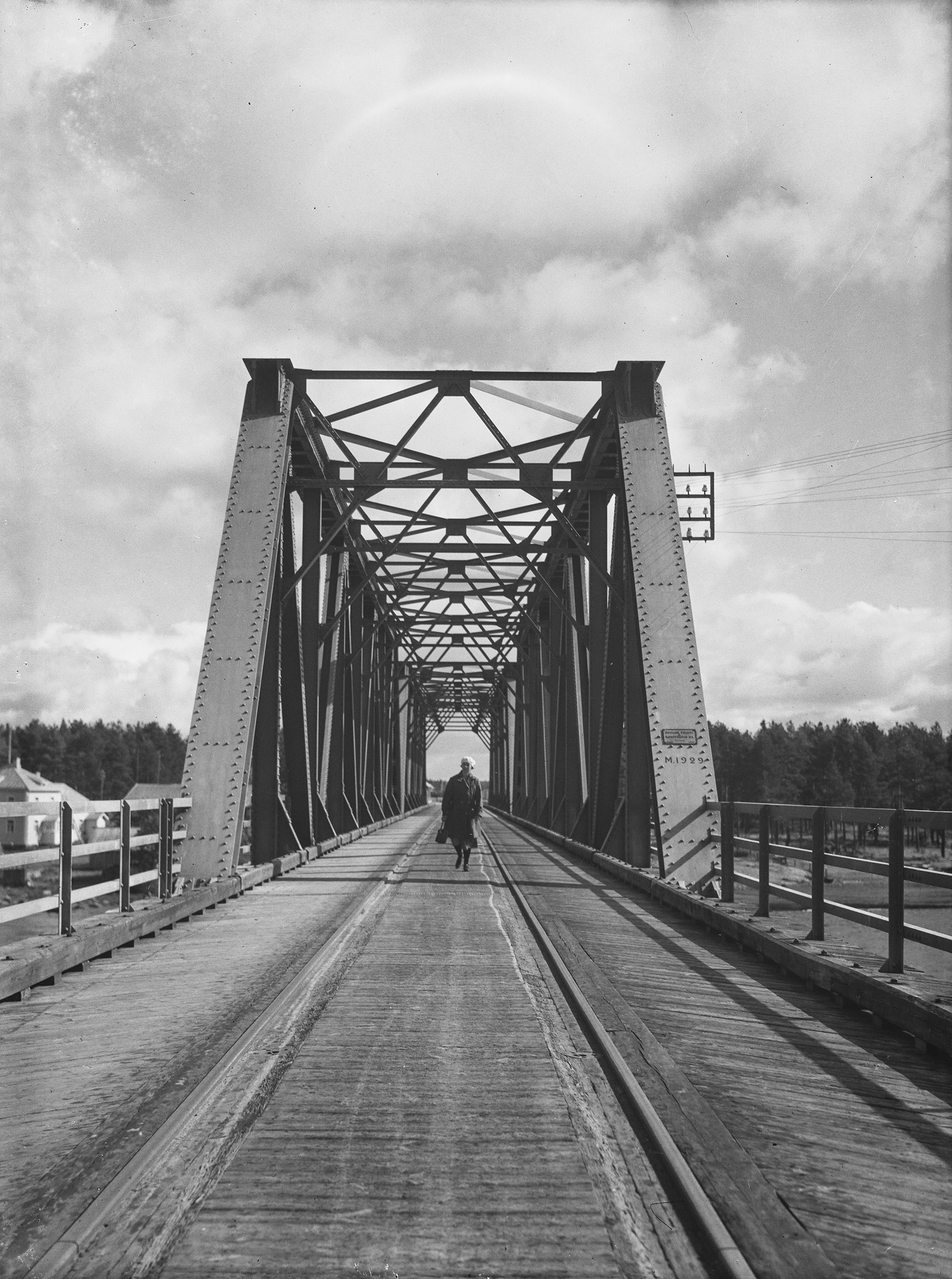The railway between Oulu and Helsinki was officially opened in October 1886. This highlighted the need for a railway link from Oulu to the east. Many petitions were submitted to the parliament to push the project forward. The idea was not entirely new. An eastern railway line around Lake Oulujärvi to Oulu had been proposed as early as 1856 by the philosopher and statesman J. V. Snellman, who vigorously defended the idea of a nationwide railway network.
Although the railway project was very expensive, the slowness of the waterways and sand roads used until then made the investment worthwhile. Building canals to make the River Oulujoki part of a larger water system would have been even more expensive. Meetings were held and many calculations and measurements were made. Finally, more than 50 years after Snellman’s proposal, the eastern railway project was officially launched.
Delays and revised plans
The original plan was to build the railway on the north side of the River Oulujoki. In July 1875, forest was cleared for the tracks about a kilometre north of the river. The project was exceptional as there was no road on the north side of the river at the time. The reason for building the railway north of the river was the suitability of the terrain and the advantage of having the line end at Toppila, some distance north of the city, where Oulu’s main port was located. The railway would also have provided the Kurimo ironworks with its own storage area. The line would have ended in Vaala at the Vaassila timber port, which was considered the best option on the western shore of the lake.
The project was delayed, however, and Parliament failed to grant the 4.2 million marks of funding it needed. In the meantime, the railway from Iisalmi to Kajaani had already been completed.
The official decision to build the line came only after Finland became independent and the Parliament approved the Oulu-Kajaani-Nurmes line in 1918. The construction of the line was now strongly motivated by post-war military and political reasons. The line was to be built on the south side of the river, which was more densely populated than the north side.
Construction began in June 1918 at three sites. The following year, Utajärvi’s municipal council petitioned the government for the state to carry out emergency assistance work on the Oulu-Vaala railway due to a lack of public funds. Construction of the railway began in earnest in 1926.


